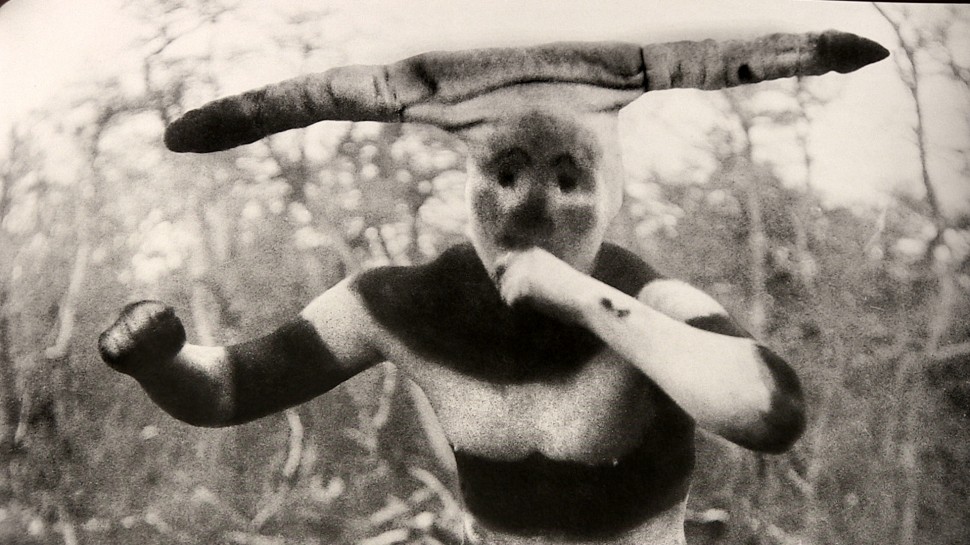
The Pearl Button
(El botón de nácar)
France/Spain/Chile/Switzerland , 2015, DCP, color and b&w, 82 min.
Spanish with English subtitles.
DCP source: Kino Lorber
Guzmán’s follow-up to Nostalgia for the Light led him to Chile’s western coastline and the repressed history of the indigenous peoples whose culture and livelihood were dependent upon the seas. Tracing the little-known story of Jemmy Button—a native of the Tierra del Fuego islands taken to England as a trophy and tool of English colonizers—Guzmán contemplates the symbol of the single button offered as remuneration to the young man and hauntingly echoed in another button found in the ocean’s depths by investigators searching for the remains of Pinochet victims. Looking back further into Chilean history than previous Guzmán films, The Pearl Button discovers strange and haunting augers of the dark Pinochet regime in, for example, the same concentration camps used in the 19th century to exterminate indigenous peoples and again, years later, for the torture of political prisoners captured and most often assassinated by Pinochet’s soldiers. Including interviews with the last remaining members of an almost vanquished indigenous people, and a chilling recreation of the final abominably cruel erasure of political prisoners dropped by helicopter into the ocean, The Pearl Button asks its viewer to witness and remember that which official history has determined to forget.





